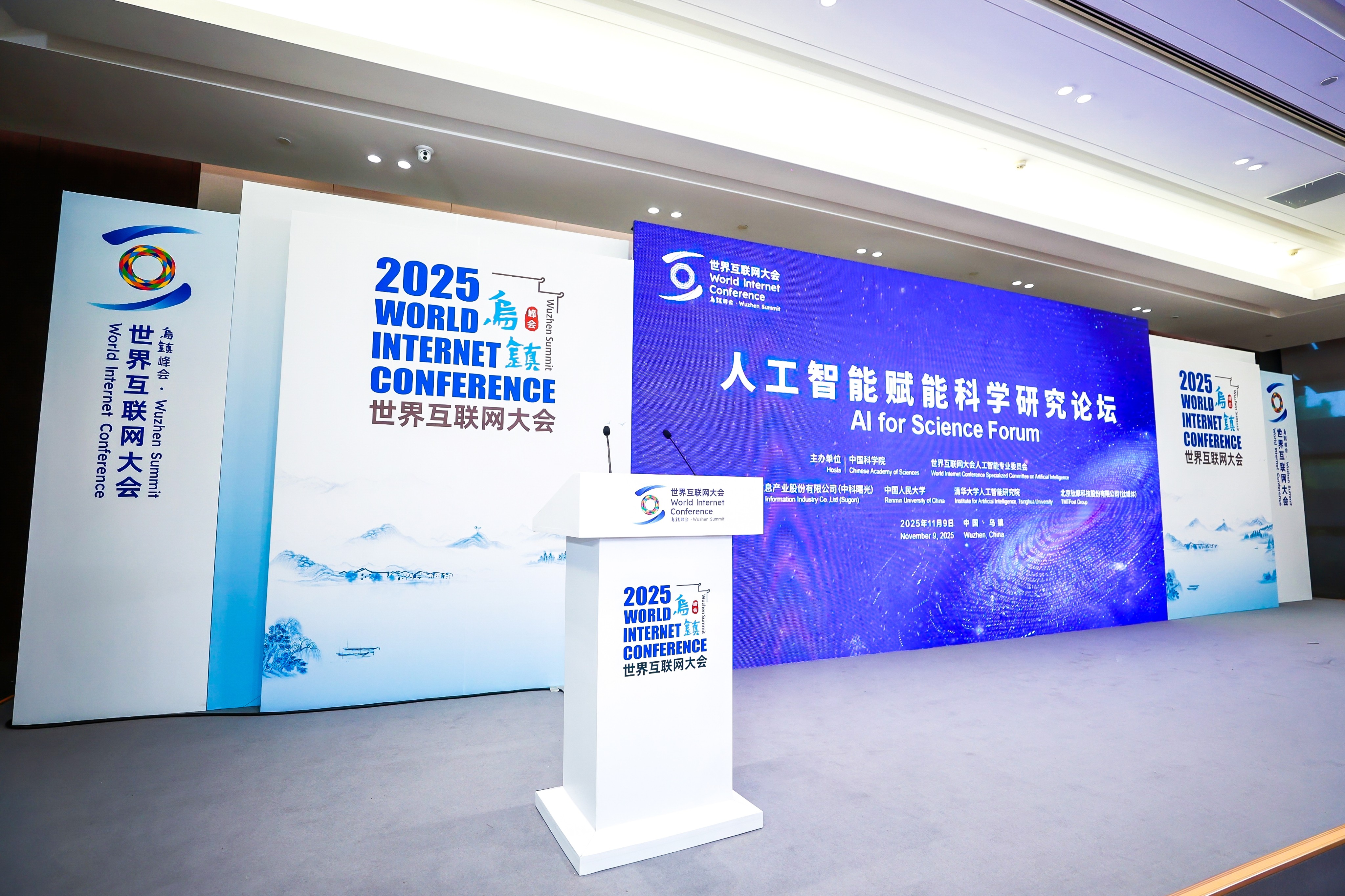
At the 2025 World Internet Conference in Wuzhen, the global spotlight once again turned to this picturesque water town in southern China, as leaders from the internet and technology innovation sectors convened.
On Sunday morning, the forum titled “AI for Science: Empowering Scientific Research with Artificial Intelligence” brought together scientists, business executives, and research representatives from around the world to explore how AI is reshaping the paradigms of scientific research and unlocking new dimensions of productivity.
The forum was co-hosted by the Chinese Academy of Sciences and the World Internet Conference Artificial Intelligence Committee, with support from Sugon, Renmin University of China, the Tsinghua University Institute for AI, and TMTPost. Nearly 150 distinguished guests from top research institutes, leading universities, innovative enterprises, and international organizations attended, making it one of the most anticipated and closely followed sessions on cutting-edge technology at this year’s Wuzhen Summit.
The keynote speeches formed the highlight of the event, focusing on how artificial intelligence is revolutionizing scientific research paradigms. Speakers examined the rapidly expanding role of AI models in experimental design, theoretical analysis, and interdisciplinary collaboration—showcasing how AI is accelerating discovery and redefining the future of science.
Chen Lidong, academician of the Chinese Academy of Sciences and researcher at the Shanghai Institute of Ceramics, pointed out that the field of materials research has long faced bottlenecks of “uncertainty in measurements, inability to measure, and incomplete measurements.” AI is now becoming a key tool in overcoming these challenges.
Taking the collaboration between the Shanghai Institute of Ceramics and the Institute of Automation, Chinese Academy of Sciences as an example, he noted that physical parameters of aerospace materials at 2000°C cannot be measured, and that multiscale defects in thermoelectric materials are difficult to characterize uniformly.
In a candidate material space as vast as 10 to the power of 50, traditional methods “couldn’t yield results even over several generations of students,” but with ten iterations of “experiments + modeling” empowered by AI, catalytic performance was improved by 50% in just a few weeks. He also proposed the concept of dual empowerment: “AI for Materials” and “Materials for AI.”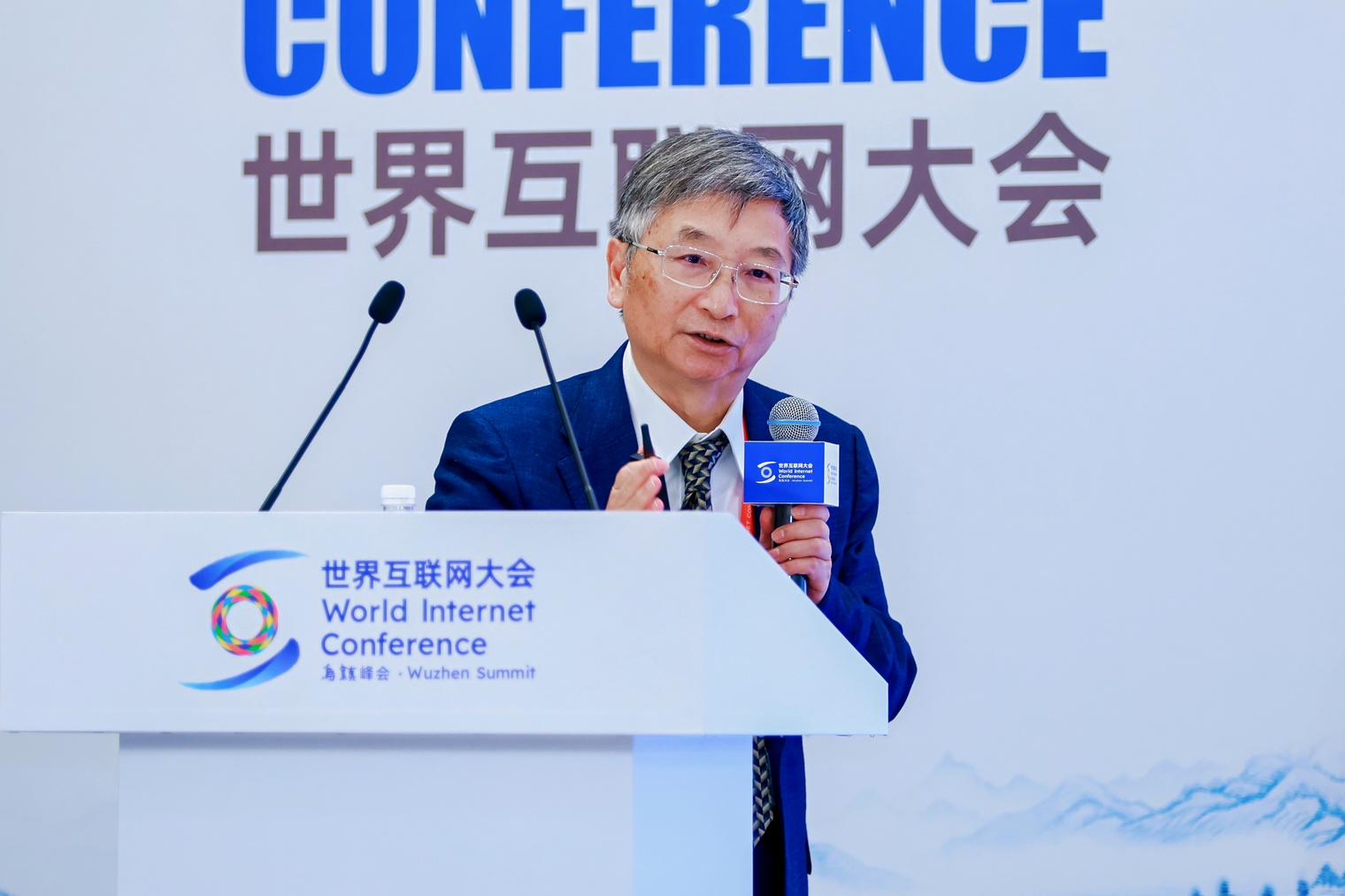
Chen Lidong, Academician of the Chinese Academy of Sciences and Researcher at the Shanghai Institute of Ceramics
Mohamad Sawan, Fellow of the Royal Society of Canada, Fellow of Canadian Academy of Engineering, and Chair Professor at Westlake University, demonstrated the cutting-edge applications of AI-powered brain-computer interfaces in managing neurodegenerative diseases.
For epileptic seizures, traditional approaches can only detect abnormalities 20 seconds after onset, while AI chips can predict episodes within 5 seconds, implementing neuromorphic computing on an integrated circuit as small as 2.5 × 2.5 millimeters.
In the field of speech decoding, Chinese, with only 407 commonly used syllables, now exceeds a 70% recognition accuracy rate thanks to AI. However, Sawan also cautioned that safety, ethics, and interdisciplinary collaboration remain critical “firewalls” that must be overcome.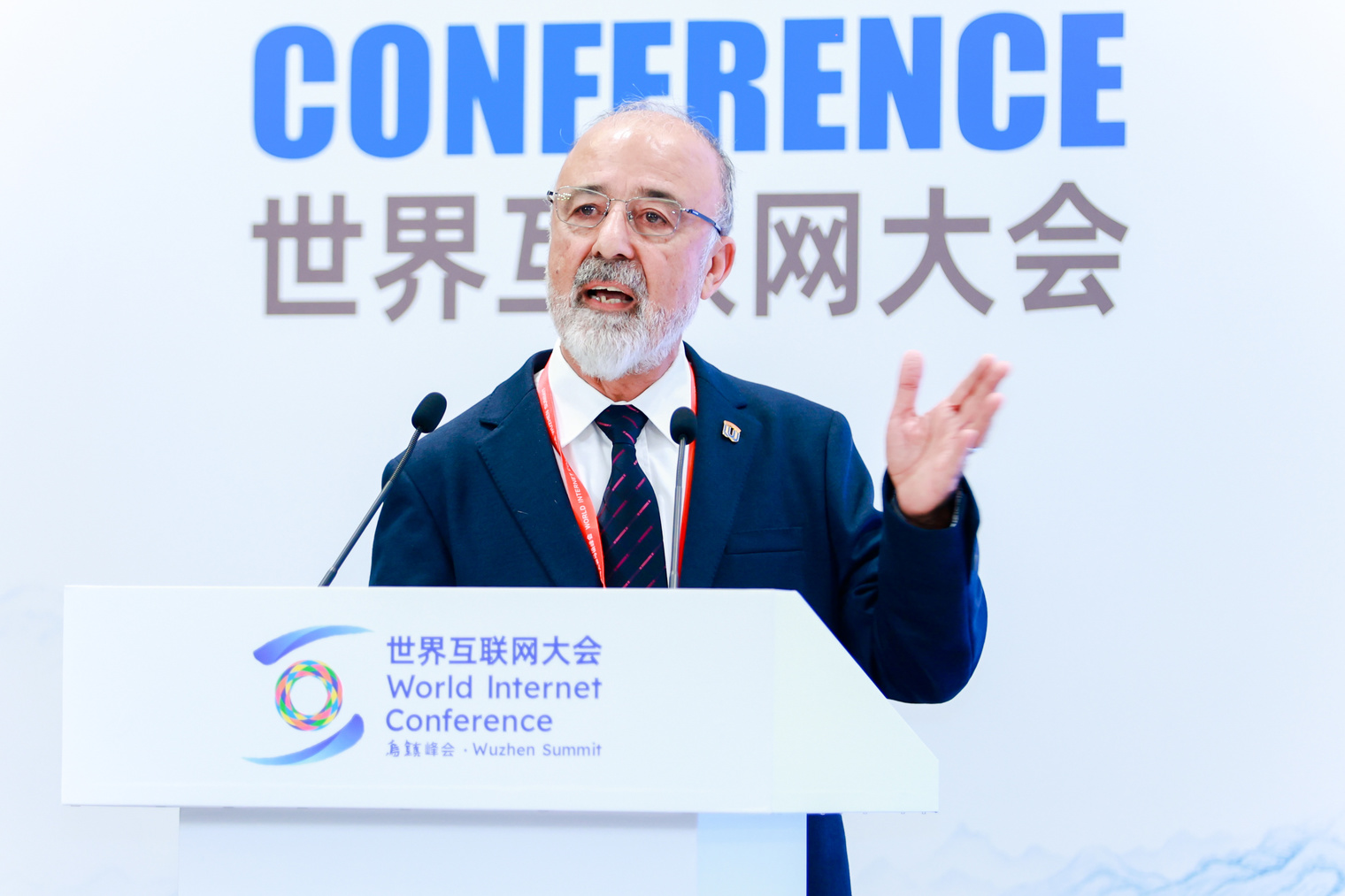
Mohamed Sawan, Fellow of the Royal Society of Canada, Fellow of the Canadian Academy of Engineering, and Chair Professor at Westlake University
Professor Roland Helm from the University of Regensburg analyzed the disruptive impact of generative AI on the innovation process from a business perspective. He pointed out that AI optimizes product design and team collaboration in open innovation settings, and enhances efficiency in incremental innovation. However, its direct impact on disruptive innovation remains limited, affirming that “human creativity is still at the core of radical innovation.”

Professor Roland Helm, University of Regensburg
Qin Tao, Vice President of Zhongguancun Academy, looked ahead to “scientific intelligence” as a pathway to superintelligence, noting that this concept has already proven effective in pharmaceutical R&D.
To address the 95% of diseases without clear targets, Zhongguancun Academy has developed a phenotype-based generative large model for direct drug design, which has boosted molecular design effectiveness for diseases like malaria and fibrosis by 50 times. Their “Viral Dark Matter” project is proactively advancing drug design, shifting epidemic prevention from reactive responses to proactive preparedness.
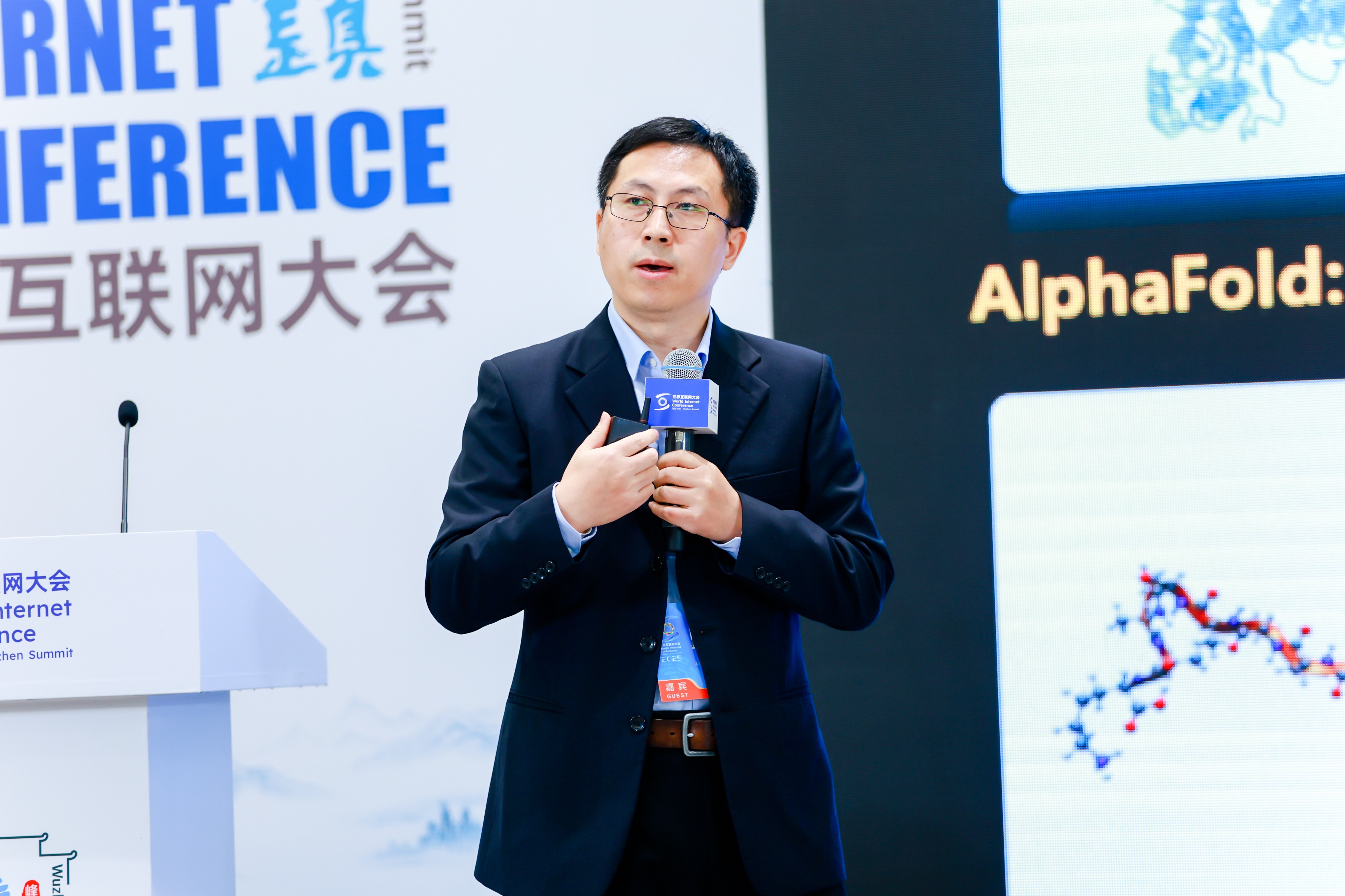
Qin Tao, Vice President of Zhongguancun Academy
Du Xiawei, Assistant to the President of Sugon (China), and General Manager of the Intelligent Computing Product Division, confronted the core challenges head-on: the computing power demands for AI for Science are growing explosively, with scientific data becoming a key incremental driver for large model iteration. Unlike the prevailing “low-precision trend” in pure AI fields, scientific computing requires specialized capabilities that couple both high and low precision.
Through a three-layer software stack (comprising the foundational compiler layer, AI toolkit layer, and platform service layer), Sugon has achieved deep optimization for domestic chips. In applications such as DeepMD molecular dynamics, performance reaches 1.2 times that of leading international products. The system also maintains compatibility with the CUDA ecosystem, reducing migration costs for researchers. Domestic computing power has already taken root in multiple “hard science” domains.
Du Xiawei, Assistant to the President of Sugon and General Manager of the Intelligent Computing Product Division
In the research release session, the forum officially unveiled two significant research reports—Global Artificial Intelligence Standards Development Report and the White Paper on Artificial Intelligence Development—alongside scientific achievements from the Chinese Academy of Sciences and Renmin University of China.
The Global Artificial Intelligence Standards Development Report was spearheaded by the World Internet Conference Artificial Intelligence Committee’s Standards Advancement Program and announced at the event by John Higgins, Chair of the Global Artificial Intelligence Governance Association. The report calls on international organizations, governments, industry, and research institutes to transcend incentive differences and join forces in building a responsible global standards framework.
John Higgins, Chair of the Global Artificial Intelligence Governance Association
In the White Paper on the Development of AI Superclusters released by Zhou Zhengang, Vice President of IDC China, it was pointed out that 100,000-card clusters are rapidly approaching the ceiling in terms of power supply and cooling capabilities, and “computing power ends where electricity ends” has become a consensus across the industry. The future direction for superclusters lies in a full-stack, integrated approach that coordinates computing, storage, and networking, using chip-level liquid cooling and system-level optimization to bridge the performance gaps between individual cards. AI superclusters represent not only advancements in technology but also a reflection of national competitiveness.
Zhou Zhengang, Vice President of IDC China
Cheng Jian, a researcher at the Institute of Automation, Chinese Academy of Sciences, introduced the “Panshi V1.5” all-in-one research platform. This platform targets the shared needs across disciplines and empowers scientific research with artificial intelligence technology, comprehensively covering the entire scientific process — from hypothesis generation and project planning to simulation, experimental validation, and discovery of scientific laws. It has already driven a series of major breakthroughs in key areas such as astrophysics, materials synthesis, and mechanical engineering.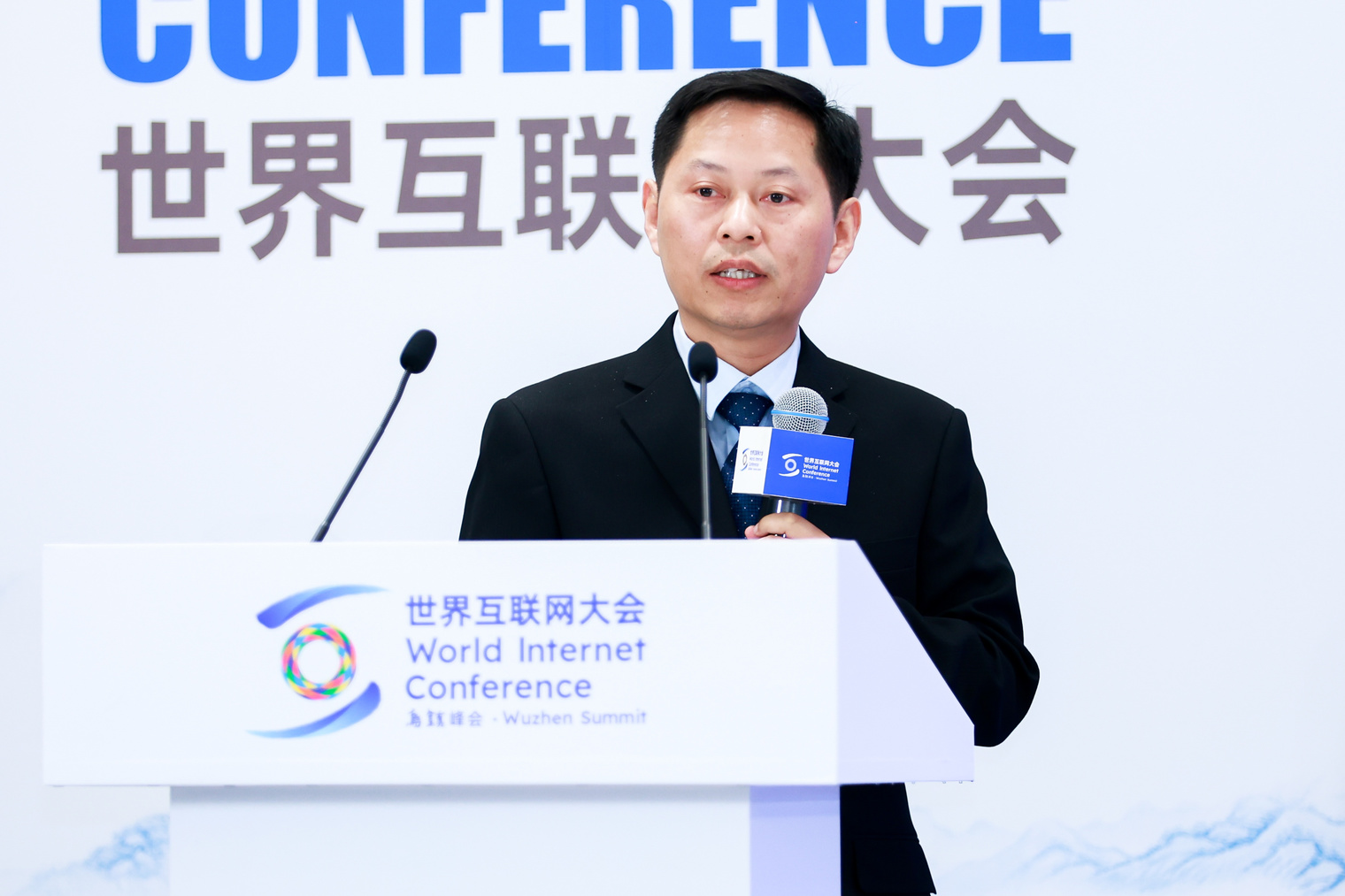
Researcher Cheng Jian, Institute of Automation, Chinese Academy of Sciences
Gong Xinqi, Distinguished Wu Yuzhang Professor and Doctoral Supervisor at Renmin University of China, showcased achievements including a large model for foreign-related legal governance, intelligent agents for community governance, and AI-powered drug target prediction tools, demonstrating the deep integration of AI in the fields of governance and health.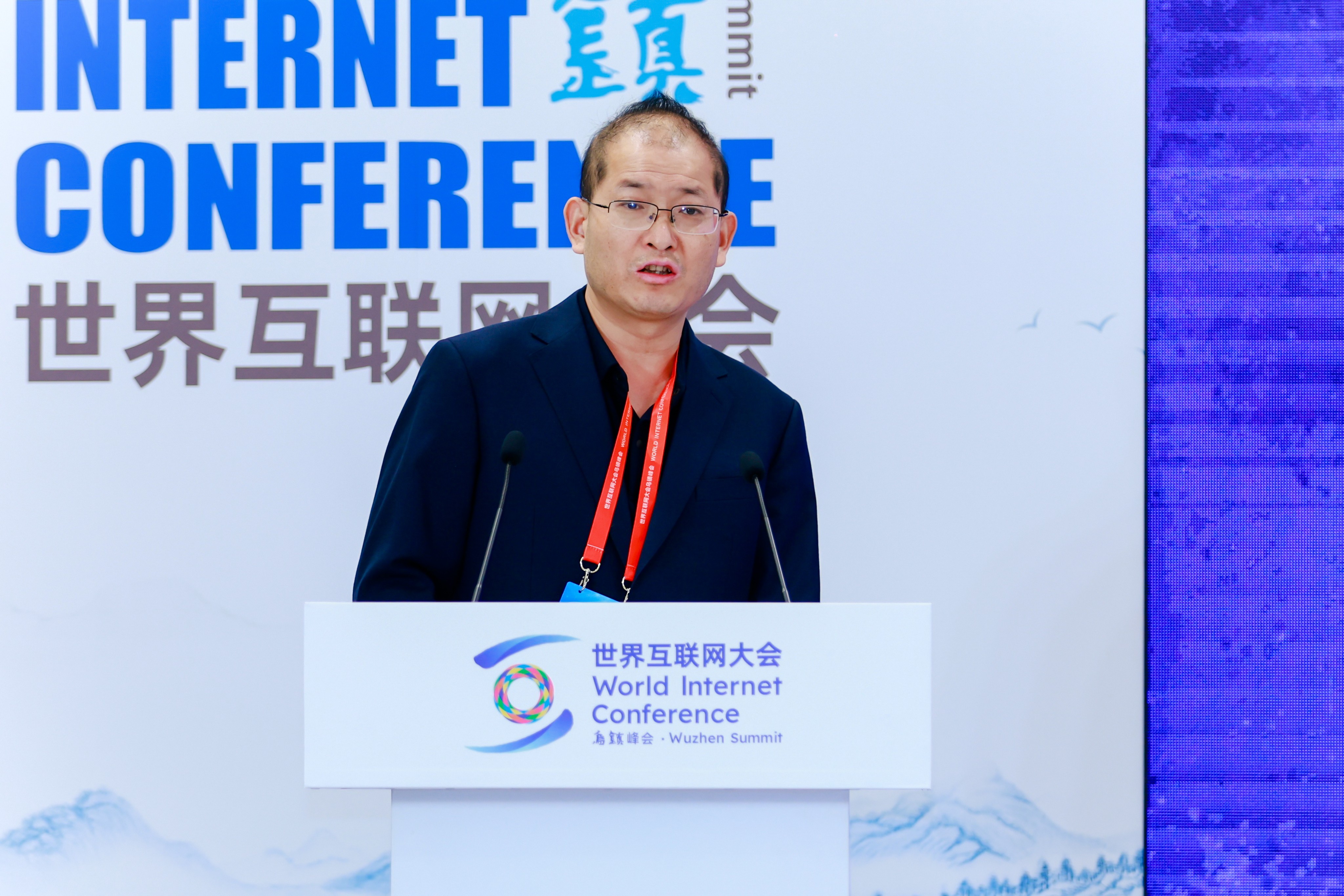
Gong Xinqi, Distinguished Wu Yuzhang Professor and Doctoral Supervisor at Renmin University of China
The final segment of the forum was a roundtable discussion moderated by TMTPost co-founder & Co-CEO Liu Xiangming, focusing on the theme of “How Artificial Intelligence Empowers Young Scientists in Research and Exploration.”
Participants included Professor Lu Wei from Nanyang Technological University in Singapore, Mohammed Al Fara, founder of the non-profit organization Kaun AI, Gianna Oroneo Heredia, CEO of INCLUBEDE, Chen Linjiang, Distinguished Professor at the University of Science and Technology of China, and Li Xiarong, Senior Director of Solution Architecture at Beijing DeepScience Technology Co., Ltd.

Roundtable: How Artificial Intelligence Empowers Young Scientists in Research and Exploration
At the roundtable, participants reached a consensus that artificial intelligence is reshaping the paradigm of scientific research.
Lu Wei emphasized that “social responsibility” is an essential quality for young scientists; Mohammed Al Fara urged greater interdisciplinary collaboration to bridge the digital divide; Gianna Oroneo Heredia advocated for universal accessibility of AI tools; Chen Linjiang underscored the importance of an engineering mindset in driving breakthroughs in materials science; and Li Xiarong proposed that AI should evolve from a mere “tool” to a “collaborator.”
Concluding the discussion, Liu Xiangming likened AI to a “microscope for the mind,” noting that while it greatly lowers barriers to innovation, human-directed thinking remains irreplaceable.
Covering topics from materials science to brain–computer interfaces, from the path toward superintelligence to computational infrastructure, the speakers presented pioneering applications and forward-looking perspectives on AI in research. Their insights vividly demonstrated the multidimensional empowerment that AI brings to scientific inquiry.
AI for Science, they agreed, is more than a technical matter, it marks a transformational shift in the scientific paradigm. Artificial intelligence is moving beyond merely “serving science” toward “co-creating with science,”ushering in a new era of data-driven discovery.
Looking ahead, the participants called for continued investment in computational infrastructure, the establishment of standards, and the cultivation of young talent, so that the global research ecosystem can become a driving force for technological innovation and societal advancement.







